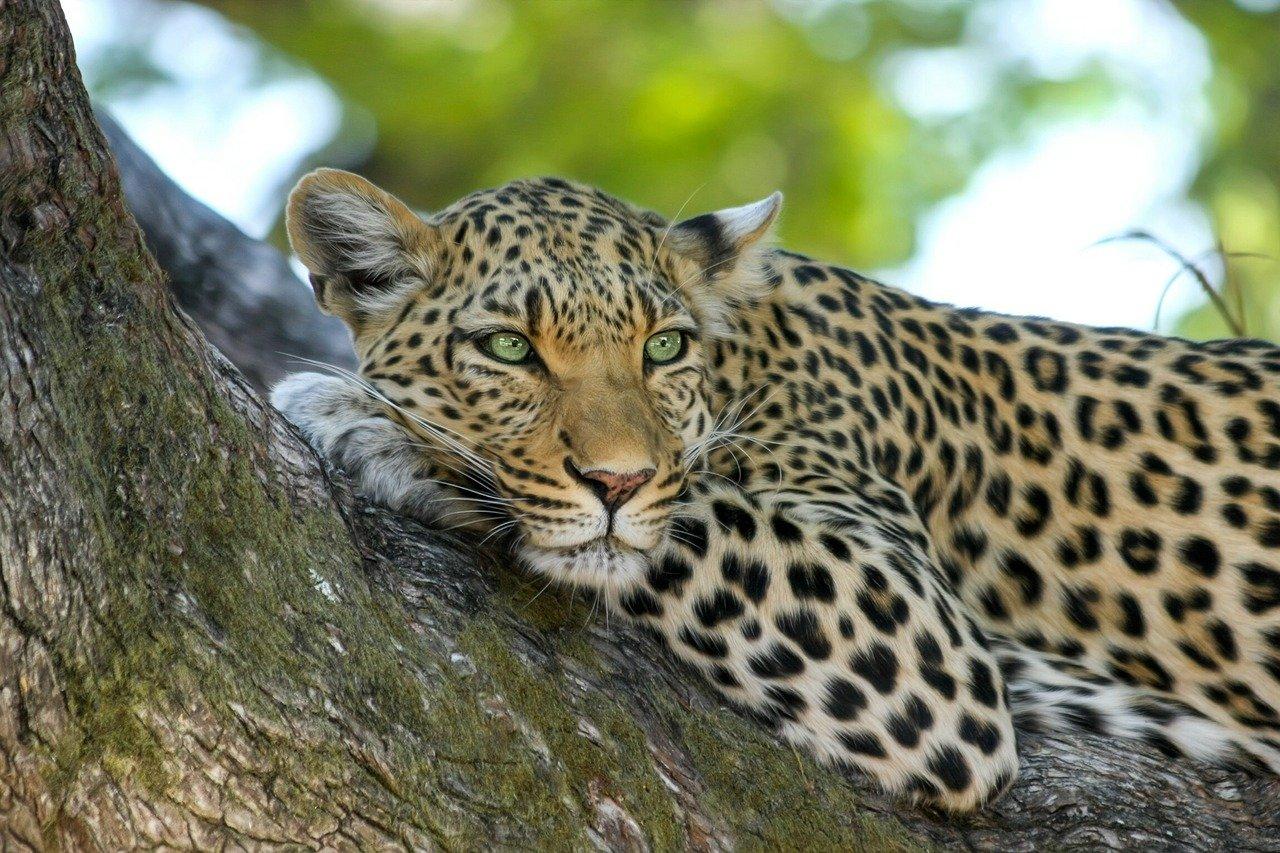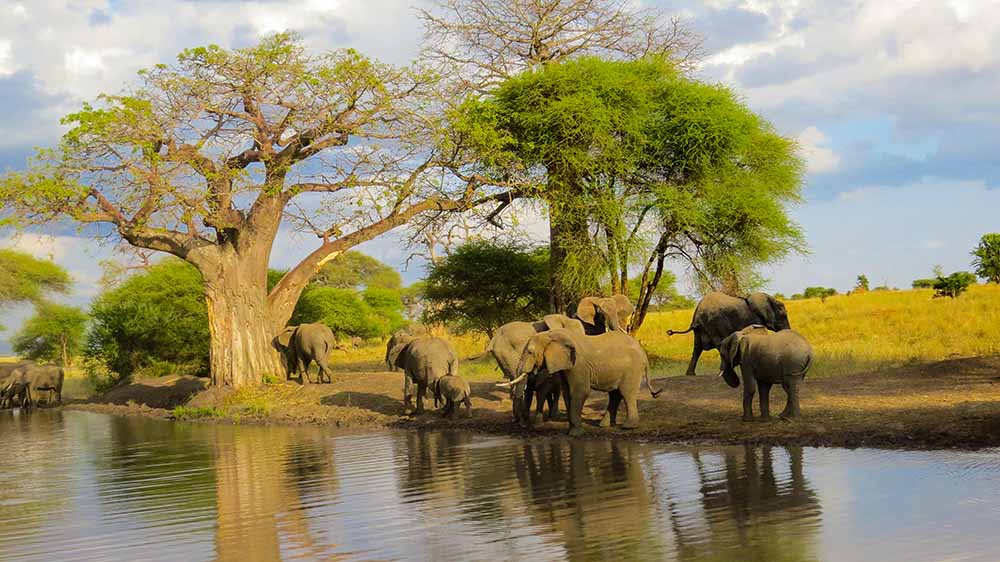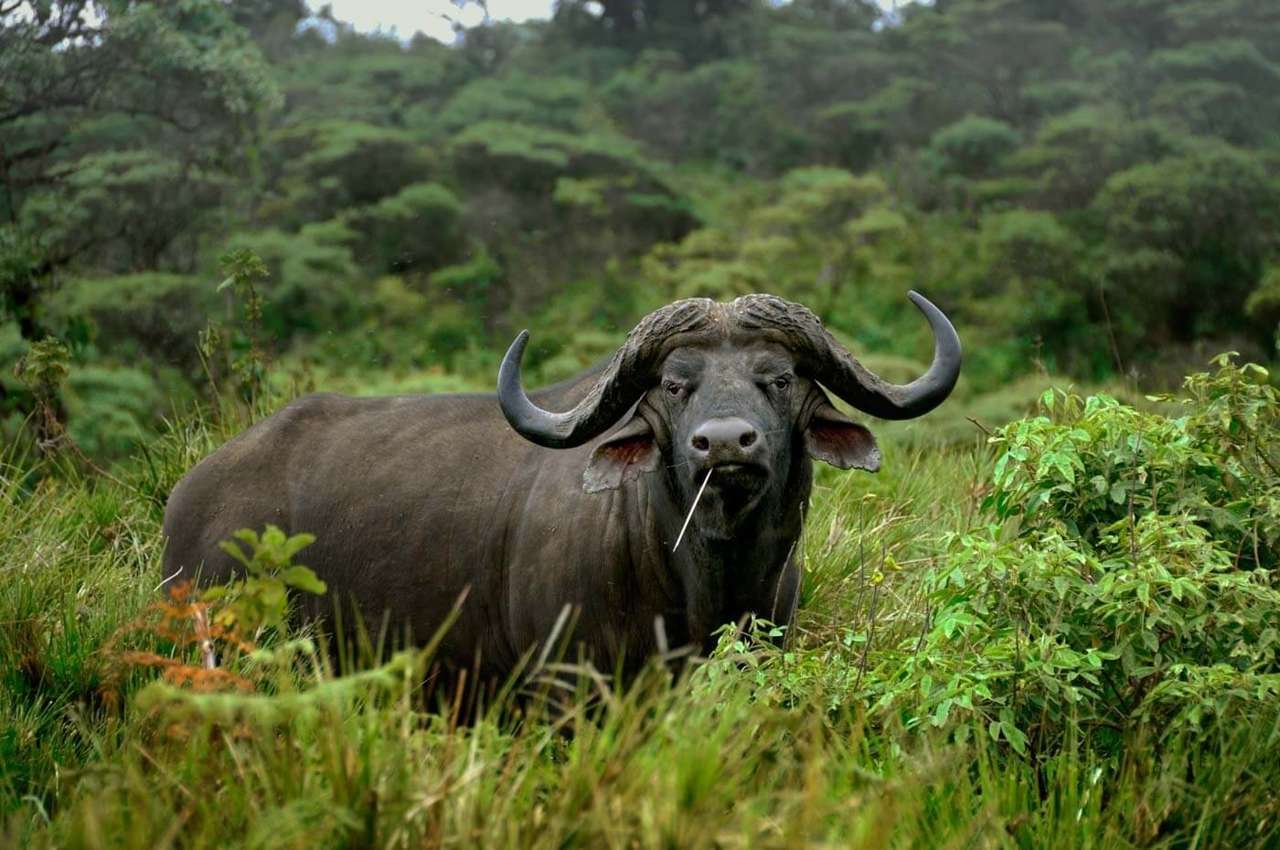Arrival in Arusha
On arrival at Kilimanjaro International Airport (JRO) or Arusha Airport (ARK) which caters for domestic flights, you will be met by Jema safaris representative who will drive you to your accommodation in Arusha. Your overnight will be at Arusha Planet Lodge.
Accommodation: Arusha Planet Lodge
Arusha to South Serengeti National Park (Ndutu)
After breakfast, we'll journey towards the southernmost part of Serengeti National Park, also known as Ndutu. Situated within the Ngorongoro Conservation Area, the Lake Ndutu area is integral to the southern Serengeti ecosystem. Lake Ndutu, an alkaline lake like many others in the Rift Valley, provides drinkable water and is frequented by a diverse range of local wildlife. From December to April, the majority of the wildebeest migration can be observed on the short-grass plains in this area. Ndutu is typically teeming with elephants, birds, and resident game. It serves as a transition zone between the northern section of the Ngorongoro Conservation Area and the unfenced southern expanse of Serengeti National Park, offering a unique blend of wilderness. Following lunch and an extensive game drive, we'll proceed directly to your accommodation for dinner and overnight stay. You'll spend two nights at Ndutu.
Accommodation: Savannah Tented Camp
South Serengeti National Park (Ndutu)
After breakfast, we'll journey towards the southernmost part of Serengeti National Park, also known as Ndutu. Situated within the Ngorongoro Conservation Area, the Lake Ndutu area is integral to the southern Serengeti ecosystem. Lake Ndutu, an alkaline lake like many others in the Rift Valley, provides drinkable water and is frequented by a diverse range of local wildlife. From December to April, the majority of the wildebeest migration can be observed on the short-grass plains in this area. Ndutu is typically teeming with elephants, birds, and resident game. It serves as a transition zone between the northern section of the Ngorongoro Conservation Area and the unfenced southern expanse of Serengeti National Park, offering a unique blend of wilderness. Following lunch and an extensive game drive, we'll proceed directly to your accommodation for dinner and overnight stay. You'll spend two nights at Ndutu.
Accommodation: Savannah Tented Camp
Serengeti National Park to Ngorongoro Crater
In the early morning, following breakfast, we'll continue our drive through the South Serengeti National Park before departing for Ngorongoro Crater. Upon first sight, the Ngorongoro Crater presents a scene reminiscent of a forgotten world. Encircled by steep volcanic walls lies a pristine wilderness characterized by vast savannahs, pockets of acacia woodland, and shimmering lakes and swamps. The crater was formed millions of years ago when a massive volcano erupted and collapsed in on itself. Renowned for its geological wonders, the crater also serves as a natural reserve, boasting some of the densest populations of large mammals on the African continent. It offers exceptional opportunities to encounter the endangered black rhino, occasionally sighted in the open grasslands. After lunch and an extensive game drive within the crater, we'll journey to our comfortable partner lodges in Karatu for dinner and overnight accommodation.
Accommodation: Eileen's Trees Inn
Tarangire National Park to Arusha
Early morning after breakfast, we'll depart for Tarangire National Park. The park is named after the Tarangire River which runs through it. This ‘river of warthogs’ is the only source of water for wildlife in the region during the dry season. In places, the vegetation is quite dense, including elephant grass, acacia woodlands and lush groundwater forest. The park is well known for its elephant families, which can often be seen congregating by the river. You may also see giraffes, bushbucks and hartebeests. These animals are closely followed by a range of predators, including lions and leopards. There are more breeding species of birds found in Tarangire National Park than anywhere else on the planet!
After lunch and an extensive game drive, we will head back to Arusha.







